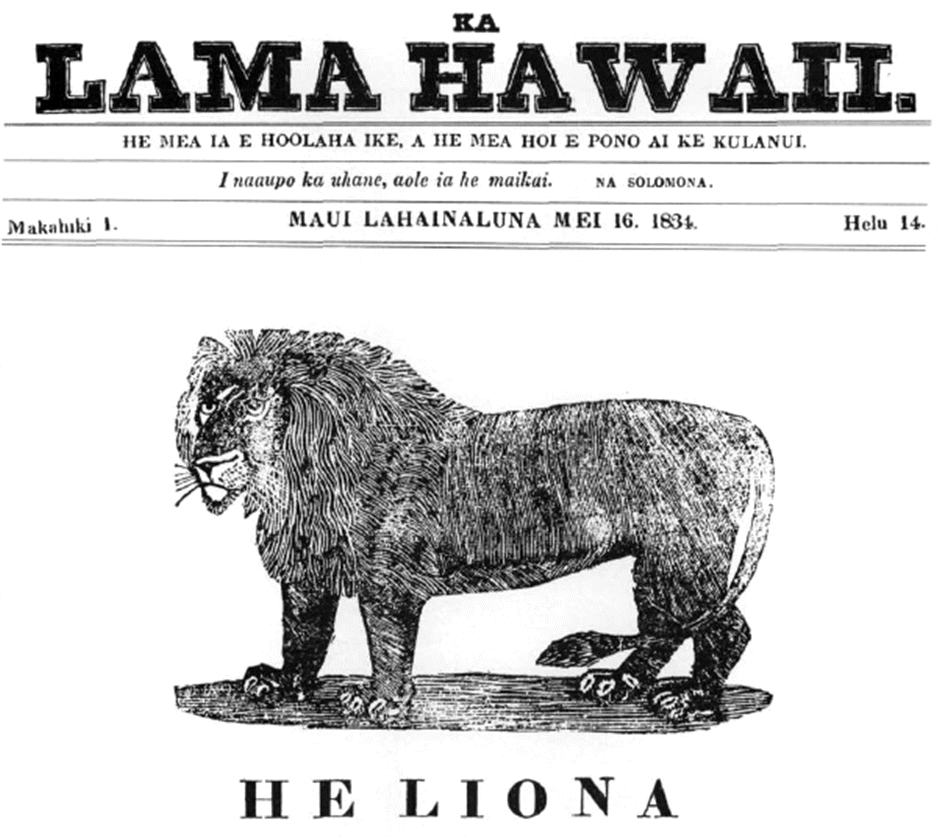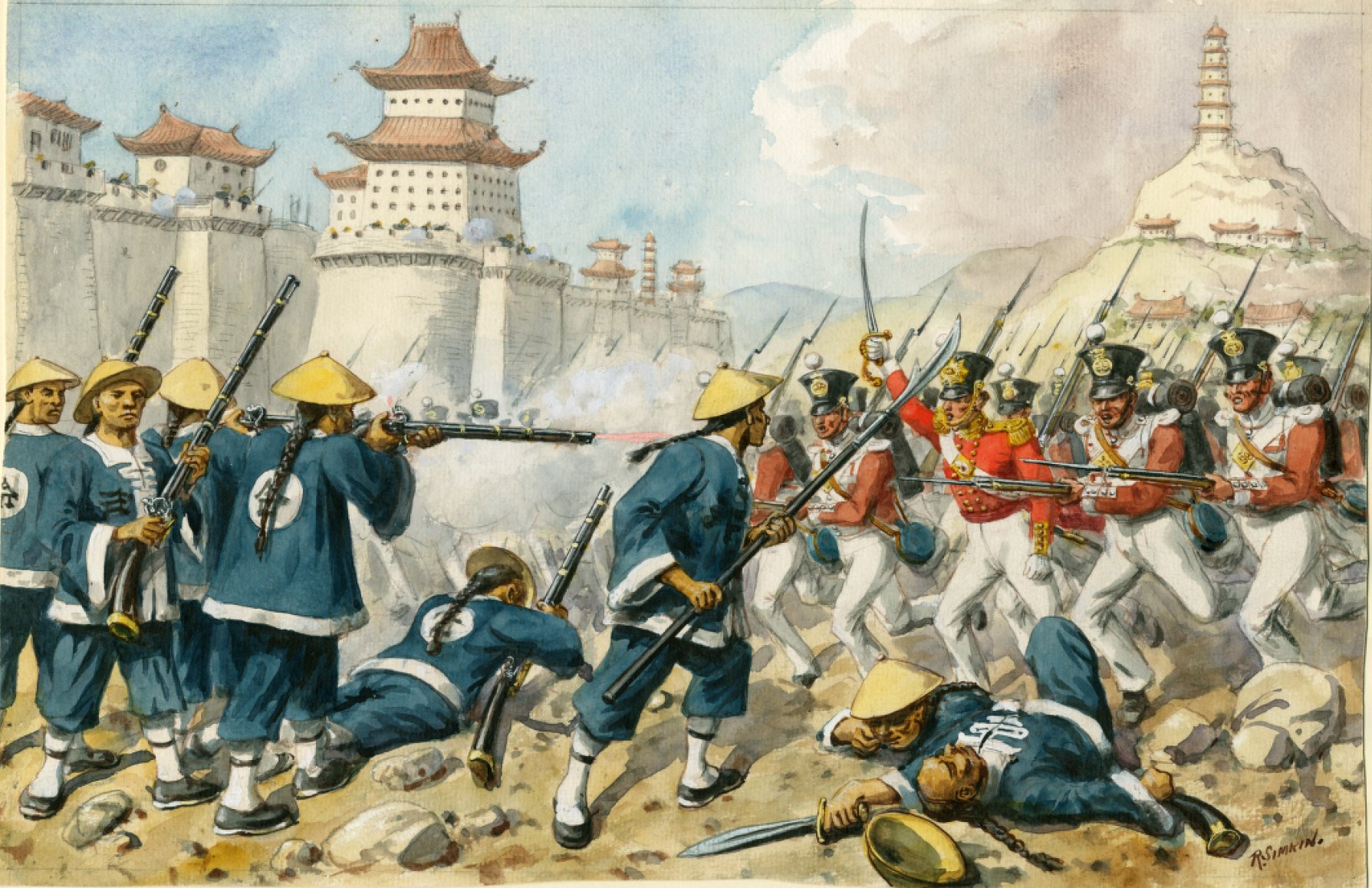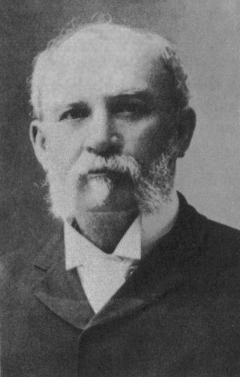|
Anna Kaʻiulani
Anna Kaʻiulani (born 1842) was a noble member of the House of Kalākaua during the Kingdom of Hawaii. Two of her siblings became ruling monarchs. Life She was born in 1842 to the High Chiefess Analea Keohokālole and the High Chief Caesar Kapaʻakea. She was a younger sister of James Kaliokalani, David Kalākaua, and Lydia Kamakaʻeha, and the older sister of Kaʻiminaʻauao, Miriam K. Likelike and William Pitt Leleiohoku II. The name Kaʻiulani translates from the Hawaiian language as ''The Royal Sacred One''. She was, according to Hawaiian tradition of ''hānai'', adopted by the Princess Kekauʻōnohi Keahikuni Kekauʻōnohi (c. 1805–1851) was a Hawaiian high chiefess who was a member of the House of Kamehameha. She was granddaughter to King Kamehameha I and one of the wives of Kamehameha II. Her Christian name is disputed; it is given as Mi ..., who was the granddaughter of Kamehameha I, the royal governor of the island of Kauaʻi and foster mother of Abiga ... [...More Info...] [...Related Items...] OR: [Wikipedia] [Google] [Baidu] |
House Of Kalākaua
The House of Kalākaua, or Kalākaua Dynasty, also known as the Keawe-a-Heulu line, was the reigning family of the Hawaiian Kingdom, Kingdom of Hawaiʻi under Kalākaua, King Kalākaua and Liliʻuokalani, Queen Liliʻuokalani. They assumed power after the last king of the House of Kamehameha, Lunalilo, died without designating an heir, leading to the election of Kalākaua and provoking the Honolulu Courthouse riot. The dynasty lost power with the Overthrow of the Hawaiian Kingdom, overthrow of Liliʻuokalani and the end of the Kingdom in 1893. Death and state funeral of Liliʻuokalani, Liliʻuokalani died in 1917, leaving only cousins as heirs. The House of Kalākaua was descended from chiefs on the islands of Hawaii (island), Hawaiʻi, Maui, and Kauai, Kauaʻi. The torch that burns at midday symbolizes the dynasty, based on the sacred Kapu (Hawaiian culture), kapu Kalākaua's ancestor High Chief Iwikauikaua. Origin The dynasty was founded by Kalākaua when he ascended the Ha ... [...More Info...] [...Related Items...] OR: [Wikipedia] [Google] [Baidu] |
Hawaiian Language
Hawaiian (', ) is a critically endangered Polynesian language of the Austronesian language family, originating in and native to the Hawaiian Islands. It is the native language of the Hawaiian people. Hawaiian, along with English, is an official language of the U.S. state of Hawaii. King Kamehameha III established the first Hawaiian-language constitution in 1839 and 1840. In 1896, the Republic of Hawaii passed Act 57, an English-only law which subsequently banned Hawaiian language as the medium of instruction in publicly funded schools and promoted strict physical punishment for children caught speaking the Hawaiian language in schools. The Hawaiian language was not again allowed to be used as a medium of instruction in Hawaii's public schools until 1987, a span of 91 years. The number of native speakers of Hawaiian gradually decreased during the period from the 1830s to the 1950s. English essentially displaced Hawaiian on six of seven inhabited islands. In 2001, native ... [...More Info...] [...Related Items...] OR: [Wikipedia] [Google] [Baidu] |
Royalty Of The Hawaiian Kingdom
Royalty may refer to: * the mystique/prestige bestowed upon monarchs ** one or more monarchs, such as kings, queens, emperors, empresses, princes, princesses, etc. *** royal family, the immediate family of a king or queen-regnant, and sometimes his or her extended family * royalty payment for use of such things as intellectual property, music, or natural resources Music * The Royalty (band), a 2005–2013 American rock band * Royalty Records, a Canadian record label Albums * ''Royalty'' (Chris Brown album), 2015 * ''Royalty'' (EP), by EarthGang, 2018 * ''Royalty'' (mixtape), by Childish Gambino (Donald Glover), 2012 * ''The Royalty'' (album), by the Royal Royal, 2012 * '' The Royalty: La Realeza'', by R.K.M & Ken-Y, 2008 Songs * "Royalty" (Down with Webster song), 2012 * "Royalty" (XXXTentacion song), 2019 * "Royalty", by Conor Maynard, 2015 * "Royalty", by Nas from '' The Lost Tapes 2'', 2019 Theatres * Royalty Theatre, a demolished theatre in Soho, London, England * ... [...More Info...] [...Related Items...] OR: [Wikipedia] [Google] [Baidu] |
1842 Births
Events January–March * January 6–January 13, 13 – First Anglo-Afghan War – Massacre of Elphinstone's army (Battle of Gandamak): British East India Company troops are destroyed by Afghan forces on the road from Kabul to Jalalabad, Afghanistan, by Wazir Akbar Khan, Akbar Khan, son of Dost Mohammad Khan (Emir of Afghanistan), Dost Mohammad Khan. * January 8 – Delft University of Technology is established by William II of the Netherlands, as a 'Royal Academy for the education of civilian engineers'. * January 23 – Antarctic explorer James Clark Ross, charting the eastern side of James Ross Island, reaches a Farthest South of 78°09'30"S. * January ** Michael Alexander (bishop), Michael Alexander takes office, as the first appointee to the Anglican-German Bishopric in Jerusalem. ** United States, American medical student William E. Clarke of Berkshire Medical College becomes the first person to administer an inhaled anesthetic, to facilitate a surgical procedure. ... [...More Info...] [...Related Items...] OR: [Wikipedia] [Google] [Baidu] |
:Template:Kalākaua Family Tree
Key- (k)= Kane (male/husband)(w)= wahine (female/wife)Subjects with bold titles, lavender highlighted, bold box= Direct bloodlineBold title, bold, grey box= Aunts, uncles, cousins lineBold title, bold white box= European or American (raised to aliʻi status by marriage or monarch's decree)Regular name and box= makaʻāinana or untitled foreign subject } Notes: {{collapsible option Hawaii family tree templates ... [...More Info...] [...Related Items...] OR: [Wikipedia] [Google] [Baidu] |
Nuʻuanu Pali
Nuuanu Pali is a section of the windward cliff (''pali'' in Hawaiian) of the Koolau mountain located at the head of Nuuanu Valley on the island of Oahu. It has a panoramic view of the windward (northeast) coast of Oahu. The Pali Highway ( Hawaii State Highway 61) connecting Kailua/ Kāneohe with downtown Honolulu runs through the Nuuanu Pali Tunnels bored into the cliffside. The area is also the location of the Nuuanu Freshwater Fish Refuge and the Nuuanu Reservoir in the jurisdiction of the Hawaii Department of Land and Natural Resources. The Nuuanu Pali State Wayside is a lookout above the tunnels where there is a panoramic view of Oahu's windward side with views of Kāneohe, Kāneohe Bay, and Kailua. It is also well known for strong trade winds that blow through the pass (now bypassed by the Nuuanu Pali Tunnels). The Nuʻuanu Pali Tunnels were built in 1958. Before this road opened, people would use what is now known as the Old Pali Road, currently a popular hiking rou ... [...More Info...] [...Related Items...] OR: [Wikipedia] [Google] [Baidu] |
Royal Mausoleum (Mauna ʻAla)
Mauna ʻAla (Fragrant Hills) in the Hawaiian language, is the Royal Mausoleum of Hawaii (also called Royal Mausoleum State Monument) and the final resting place of Hawaii's two prominent royal families: the Kamehameha Dynasty and the Kalākaua Dynasty. Background In the early 19th century, the area near an ancient burial site was known as Pohukaina. It is believed to be the name of a chief (sometimes spelled Pahukaina) who according to legend chose a cave in Kanehoalani in the Koʻolau Range for his resting place. The land belonged to Kekauluohi, who later ruled as Kuhina Nui, as part of her birthright. After 1825, the first Western-style royal tomb was constructed for the bodies of King Kamehameha II and his queen Kamāmalu near the current ʻIolani Palace. They were buried on August 23, 1825. The idea was heavily influenced by the tombs at Westminster Abbey during Kamehameha II's trip to London. The mausoleum was a small house made of coral blocks with a thatched roof. I ... [...More Info...] [...Related Items...] OR: [Wikipedia] [Google] [Baidu] |
Kaʻiulani
Princess Kaʻiulani (; Victoria Kawēkiu Kaʻiulani Lunalilo Kalaninuiahilapalapa Cleghorn; October 16, 1875 – March 6, 1899) was a Hawaiian royal, the only child of Princess Miriam Likelike, and the last heir apparent to the throne of the Hawaiian Kingdom. She was the niece of King Kalākaua and Queen Liliʻuokalani. After the death of her mother, Kaʻiulani was sent to Europe at age 13 to complete her education under the guardianship of British businessman and Hawaiian sugar investor Theophilus Harris Davies, Theo H. Davies. She had not yet reached her eighteenth birthday when the 1893 overthrow of the Hawaiian Kingdom altered her life. The Committee of Safety (Hawaii), Committee of Safety rejected proposals from both her father Archibald Scott Cleghorn, and provisional president Sanford B. Dole, to seat Kaʻiulani on the throne, conditional upon the abdication of Liliʻuokalani. The Queen thought the Kingdom's best chance at justice was to relinquish her power tem ... [...More Info...] [...Related Items...] OR: [Wikipedia] [Google] [Baidu] |
Abigail Maheha
Abigail Maheha (July 10, 1832 – February 13, 1861) was a Hawaiian chiefess (aliʻi) of the Hawaiian Kingdom, Kingdom of Hawaii. At a young age, she was chosen to attend the Royal School (Hawaii), Chiefs' Children's School (later renamed the Royal School) taught by the American missionary Amos Starr Cooke and his wife, Juliette Montague Cooke, alongside her half-sister Jane Loeau and fourteen of her royal cousins. Early life and education Maheha was the daughter of High Chief Namaile and High Chiefess Kuini Liliha. Her mother was the royal governor of Oahu, Oʻahu during the regency of Kaʻahumanu, Queen Kaʻahumanu. She was descended from Kahekili II, Alii nui of Maui, Moi of Maui, and High Chief Hoapili. ; ; She was adopted or ''hānaied'' by her aunt, Princess Kekauʻōnohi. Her ''hānai'' mother was a granddaughter of Kamehameha I, Kamehameha the Great who united the Hawaiian Islands into one kingdom and was also the youngest consort of the deceased Kamehameha II and se ... [...More Info...] [...Related Items...] OR: [Wikipedia] [Google] [Baidu] |
Governors Of Kauai
The Governor of Kauai () was the royal governor or viceroy of the island of Kauai and island of Niihau during the Kingdom of Hawaii. The governor was usually a male Hawaiian chief or prince, but several women also held the office. The governor had authority over the islands of Kauai and Niihau, and it was up to the governor to appoint lieutenant governors to assist them. The governor had replaced the old alii aimokus of the islands, but the sovereignty remained with the king. The first governor was the last king of Kaumualii, and it was not until his death in 1824 that Queen Kaahumanu and King Kamehameha II took control from his sons. The island governors were under the jurisdiction of the Ministers of the Interiors. Role In the 1840 Constitution of the Kingdom of Hawaii it states: ''There shall be four governors over these Hawaiian Islands - one for Hawaii - one for Maui and the Islands adjacent - one for Oahu, and one for Kauai and the adjacent Islands. All the governor ... [...More Info...] [...Related Items...] OR: [Wikipedia] [Google] [Baidu] |
Kamehameha I
Kamehameha I (; Kalani Paiʻea Wohi o Kaleikini Kealiʻikui Kamehameha o ʻIolani i Kaiwikapu kauʻi Ka Liholiho Kūnuiākea; to May 8 or 14, 1819), also known as Kamehameha the Great, was the conqueror and first ruler of the Kingdom of Hawaii. The state of Hawaii gave a statue of him to the National Statuary Hall Collection in Washington, D.C., as one of two statues it is entitled to install there. Birth and childhood Paternity and family history Kamehameha (known as Paiʻea at birth), was born to Kekuʻiapoiwa II, the niece of Alapainui, the usurping ruler of Hawaii Island who had killed the two legitimate heirs of Keaweʻīkekahialiʻiokamoku during civil war. By most accounts he was born in Ainakea, Kohala, Hawaii. His father was Keōua Kalanikupuapa'ikalaninui; however, Native Hawaiian historian Samuel Kamakau says that Maui monarch Kahekili II had ''hānai'' adopted (traditional, informal adoption) Kamehameha at birth, as was the custom of the time. Kamakau beli ... [...More Info...] [...Related Items...] OR: [Wikipedia] [Google] [Baidu] |







